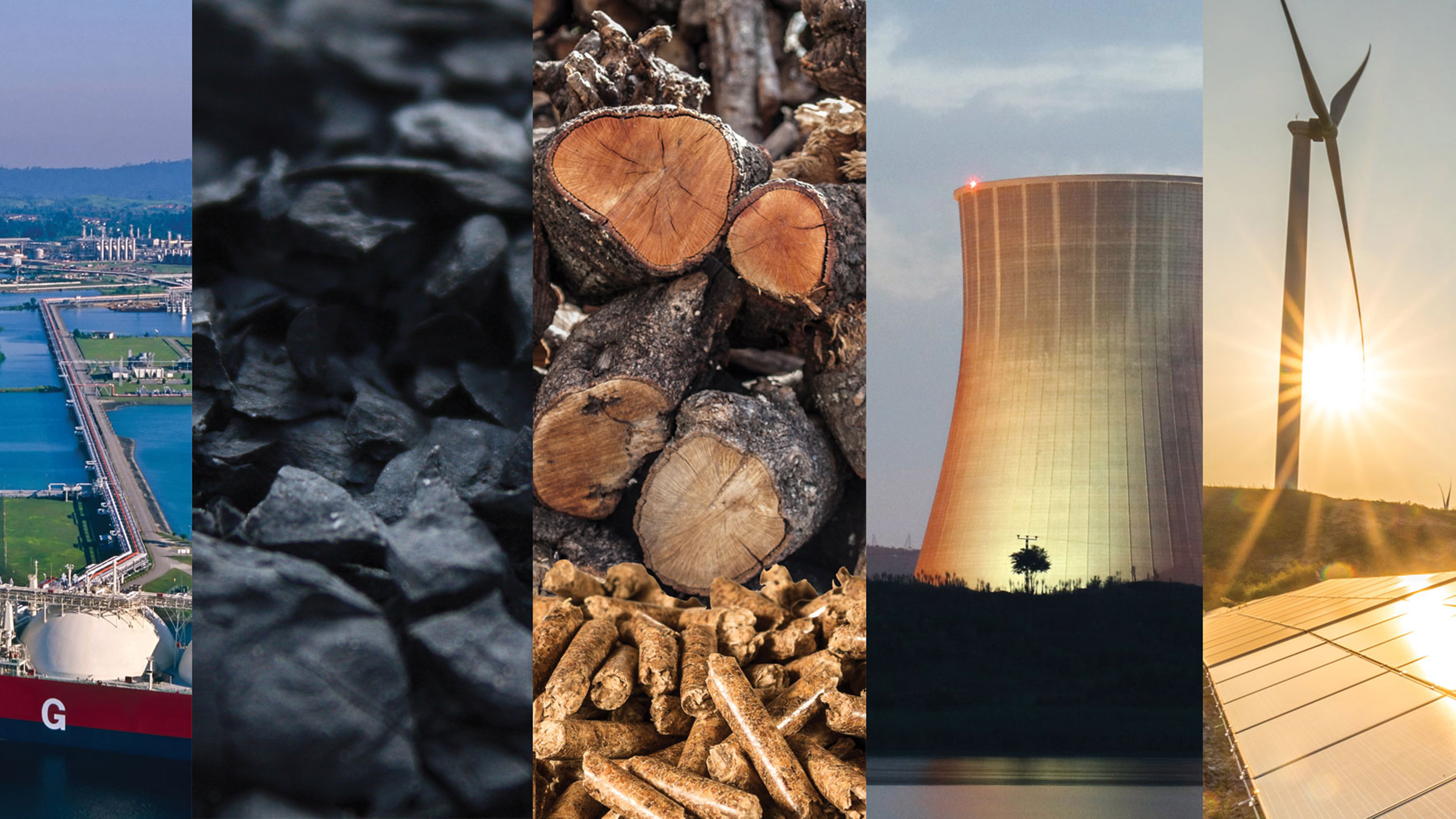Global fundamentals
selected item
Society’s progress is intrinsically related to energy. Access to safe, reliable and affordable energy is a critical enabler of higher living standards, including a longer and healthier life. Today a significant portion of the global population still faces serious challenges in accessing energy on a daily basis, negatively impacting health and preventing many from fully realizing their potential. The challenges become even greater considering that by 2040 the global population is projected to grow to 9.2 billion from 7.5 billion today.
Improving access to energy and a growing global economy will lead to better economic opportunities, higher incomes and improved living conditions for many. As countries move up the human development index, the improving living standards are associated with increased energy use. Today, almost 50 percent of the global population lives in countries that rank low to medium on the U.N.’s human development index. Advancing development for nearly half the world’s population creates the potential for significant global energy growth.
Projections
World demographics continue to shift
Billions of people

- By 2040, the global population will reach 9.2 billion people, up from 7.5 billion today; India will soon surpass China as the most populous nation, but the most profound growth is in Africa
- Significant increases in prime working-age population in Africa, India and other Asia Pacific (AP) non-OECD countries contribute to the energy needs of these regions
- The rising youth population in Africa and maturing populations in the OECD and China will also influence the future of the global economy and energy demand
- These demographic trends impact global energy markets with geographic shifts in where and how energy is produced, transported and used
World GDP more than doubles
Trillions of 2015$

GDP growth 2021-2050
Trillions of 2015$

- Economic expansion is a key driver of energy demand. The world economy contracted in 2020 due to the COVID pandemic, then recovered in 2021 to the pre-COVID level. It is now facing significant uncertainties because of high inflation and rising global tension.
- World GDP is projected to more than double from 2021 to 2050, with developing nations growing at more than twice the rate of developed countries.
- By 2050, developing countries will account for almost 55% of global GDP, up from about 40% today. China’s growth from 2021 to 2050 is similar to the growth of the entire developed world.
- The widespread economic expansion among developing nations suggests continued robust energy demand in these economies.
Purchasing power per person
Thousands of purchasing power parity (PPP) of 2017$

- Access to energy enables economic progress and improves quality of life. As income grows, it enables families to own homes, purchase labor-saving appliances, pursue education, travel, and obtain needed medical treatment.
- As GDP grows faster than population around the globe, average personal incomes rise everywhere, with significant country and regional variations.
- By 2050, China GDP per capita is expected to more than triple to reach about 75% of all developed nations at that time.
- India's per capita GDP is likely to grow even faster than China’s. It will remain below the global average by 2050.
- Africa per capita GDP is expected to add about 45%. Yet in 2050, it is still at around 10% of the average of developed countries.
Global middle class nearly doubles
Billion people

Source: Brookings Institution
- Even though the average income in developing countries remains lower, there is already a burgeoning middle class that can afford more than the basic necessities of food and shelter.
- Despite the recent impact from COVID, the Brookings Institution foresees continued rapid growth of the global middle class, with billions more people rising out of poverty by 2030.
- Asia Pacific represents the largest growth, with India and China each expected to have more than 1 billion middle-class citizens by 2030.
- The expanding middle class means billions of people will aim to improve their living conditions. Access to energy is a critical enabler for these aspirations.
Technology enables energy efficiency
Index, 1990=100

- Technology advances and choices by consumers and businesses to use energy more efficiently can moderate growth in energy demand even as the economy expands
- Energy intensity measures the amount of energy used to produce a unit of GDP. Global energy intensity is expected to improve at nearly 2 percent per year from 2017 to 2040, more than double the pace of improvement from 2000 to 2017
- Meanwhile, the carbon intensity of energy (energy-related CO2 emissions per unit of energy consumed) is also expected to trend down as policies drive efficiency and aim for a lower-carbon energy mix in pursuit of national climate policy goals
- By 2040 the combined effects of lower energy intensity and less carbon-intensive energy sources result in a nearly 45 percent reduction in the carbon intensity of the global economy (tonnes energy-related CO2 emissions per unit of GDP)
Global fundamentals

Related content

Outlook for Energy: A perspective to 2040
The 2019 Outlook for Energy is ExxonMobil’s latest view of energy demand and supply through 2040. For many years the Outlook has helped inform ExxonMobil’s long-term business strategies, investment plans and research programs.How we develop our Outlook
ExxonMobil uses a data-driven approach to understand potential future energy demand and supply.
Pursuing a 2°C pathway
Many uncertainties exist concerning the future of energy demand and supply, including potential actions that societies may take to address the risks of climate change.
Energy matters
With the world’s population estimated to reach more than 9 billion people in 2040, providing enough affordable energy to help improve global living standards is a significant challenge. We expect that continued progress, powered by human ingenuity and technology, will help make better lives possible, while appropriately addressing climate risks.
Energy demand: Three drivers
Policy. Technology. Consumer preferences. All three impact how the world uses energy. Each driver influences the other. The interplay between these can vary depending on local circumstances (available resources, public support) and can change over time. At ExxonMobil, we’re continually studying energy demand and developing models that measure its potential impact — all in an effort to gain a deeper understanding of the interconnectivity of the global energy system.